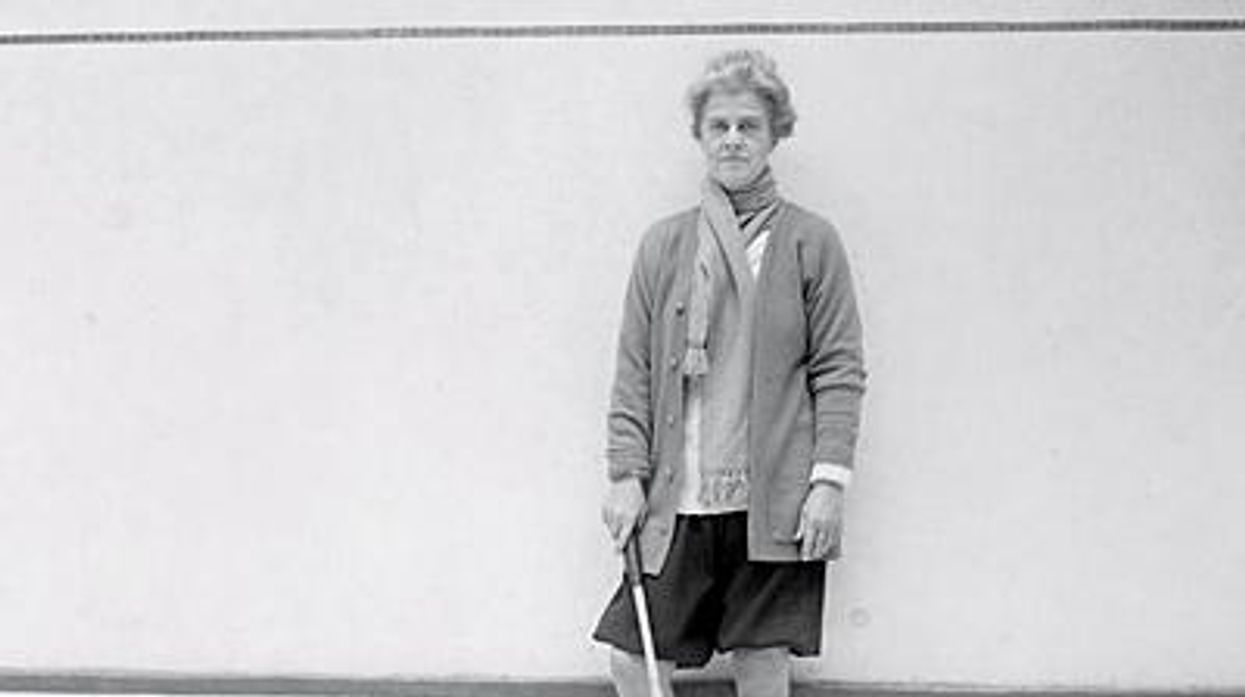
A new book examines the life of lesbian athlete Eleonora Sears, who inspired Title IX and paved the way for Martina and Venus.
May 17 2012 8:00 AM EST
By continuing to use our site, you agree to our Privacy Policy and Terms of Use.

A new book examines the life of lesbian athlete Eleonora Sears, who inspired Title IX and paved the way for Martina and Venus.
June marks the 40th anniversary of Title IX, the landmark legislation preventing sex discrimination under any educational program or activity receiving federal financial assistance, including sports programs. Author Peggy Miller Franck thought it was a perfect time to release her new book, Prides Crossing, a biography of lesbian Eleonora "Eleo" Sears, who, with her athletic prowess, "pioneered the concept behind Title IX," Franck says.
Sears, a wealthy socialite and great-great-granddaughter of Thomas Jefferson, was born in Boston in 1881 and became a nationally ranked tennis player in the 1910s, the first female national squash champion, and the first woman to play polo on a men's team. Following her death in 1968, Sears was elected to the Tennis Hall of Fame, the Horseman's Hall of Fame, and the International Women's Sports Hall of Fame, among others.
In the 40 years since Title IX was passed, millions of female athletes like Sears have participated in sports programs in high school and college, while the college graduation rate for women has increased by 40%.
"Title IX has been a tremendous boon for women and has been credited with having a greater effect on women's lives than any other legislation except women's suffrage," Franck says.
Title IX wouldn't have happened without a high-profile female athlete like Sears, according to Franck. "Her life was a testament to the idea that women deserved access and opportunities equal to those available to men."
Franck was first prompted to write Sears's biography following the death of her parents. Her father was Sears's financial adviser and managed her racing stable. After her parents died, Franck discovered a manila envelope mailed from Prides Crossing, Mass., addressed to her father. Inside was a portrait of Sears by artist John Singer Sargent as well as news clippings on Sears's accomplishments. Franck put that portrait on the book's jacket, and the envelope's postmark inspired the volume's title.
Sears was openly lesbian, and that identity was a factor in her success, according to Franck. "I have no doubt that fueled the mental toughness she needed to defy social norms in behavior and dress," she says. "Her sports attire was modeled on men's fashion and was, for her, both a practical approach to athletics and a protest against the second-class status of women."
Charlie Kirk DID say stoning gay people was the 'perfect law' — and these other heinous quotes